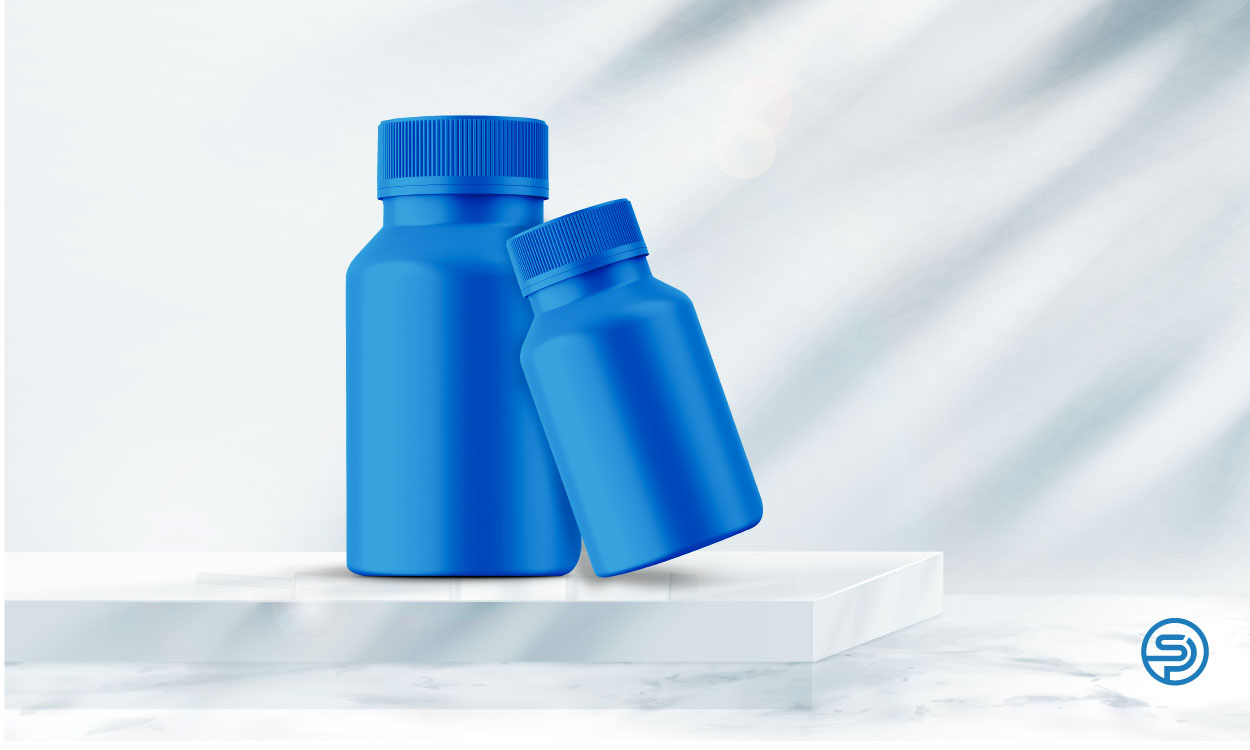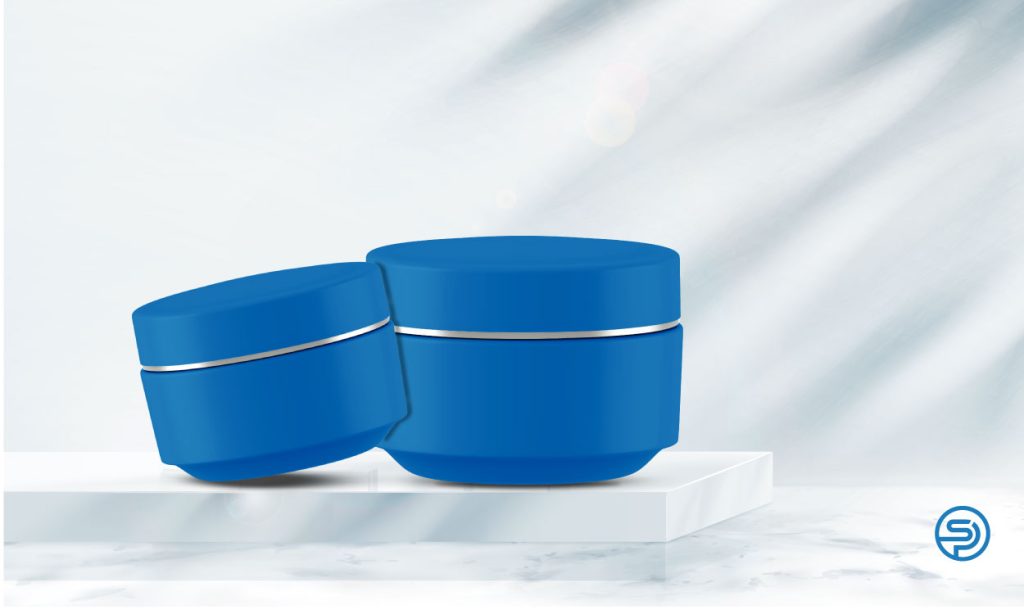22-The Importance of Pharmaceutical Packaging
Drugs may be in the liquid, solid, or gas phase, and packaging must accommodate the specific long term storage needs of the drug. In the past, most drugs were provided in liquid form and dispensed by pharmacists in hospitals, though more recently solid dosage forms that are more appealing to patients have become commonplace.
Additionally, the competition between over-the-counter drug companies has led to an increase in the variety, size, and visual appeal of packaging. Importantly, usage-dose packaging has become the standard for many drugs, significantly lessening the occurrence of dosage errors. Many packaging requirements are dependent on region, with labeling, material testing, tamper-proofing, quality control, and other factors being mandated by law.
Bottles, jars, and tubes
Glass is tough, transparent, inert, can be made to any size bottle, offers good temperature stability, and can be colored, allowing for protection of drugs from light. However, glass is also brittle, heavy, and relatively expensive, so drugs are less commonly distributed and stored in glass bottles than in the previous century, many being replaced with plastic.
Thicker creams and ointments are usually contained in plastic or aluminum tubes for ease of use, or specialized pump-bottles for larger volumes. Plastic is durable and more easily manufactured than glass, but may suffer from leaching, particularly when containing liquid drugs. For this reason, many syrups and other liquid drugs are still distributed in glass bottles and vials.
Glass for medical containers falls under three categories: type 1 is the most resilient, made from borosilicate glass, it is suitable for vials, bottles, and ampoules. Type 2 glass could be borosilicate or soda-lime-silica but is coated with a resistant surface by removal of sodium ions from the glass. It is generally suitable for the storage of mild aqueous solutions. Type 3 glass is usually made from soda-lime-silica and is the least resistant. It is generally suitable for storing non-aqueous solutions and powders.
Ampoules
Many drugs, both solid and liquid, may also be distributed in a special type of glass vial called an ampoule. Ampoules are usually used to contain air-sensitive drugs and chemicals, or those where sterility and an inert container are imperative. Gasses can also be stored in ampoules, or the ampoule can be pressurized with a particular gas to enhance the stability of the solid or liquid drug. The glass of the ampoule can also be modified to filter out harmful UV light.
Ampoules often bear color-coded rings around their necks that aid in identification should they be removed from their secondary packaging, and also often present a dot on the neck that aids with thumb alignment when breaking the ampoule. Glass ampoules have been criticized due to the inherent risk of small glass shards entering the fluid and being administered to a patient intravenously.
This problem has been somewhat alleviated by modern ampoule design, but many studies demonstrate that small fragments are still released upon breaking, correlating with ampoule size and wall thickness. Drugs are often filtered before being administered, but the smallest glass particles can still make it through and are treated by the body as foreign invaders.
Sachets
If the drug is solid in the form of a powder then it may be distributed to users in a sachet, usually pre-prepared at the suitable administration dose. Like ampoules, sachets may be purged with noble gas to aid product stability. They are usually made from a mixture of paper and foil and may be printed into large sheets that can be torn away as individual sachets. These sachets may contain pills instead of powder, however, since sachets offer no protection from crushing, pills are usually distributed in blister packs.
Blister packs
Solid drugs may also be compressed into tablets or be contained within gelatin capsules, though some liquid dosages may also be taken in pill form. Pills are often distributed in blister packs, thermo-set plastic sheets with space for the drugs that are backed by a card or foil sheet. Blister packs are light and cheap to produce and have the added advantage of reminding the user that the medication has been taken by the destructive method of access.
Blister packs have been criticized as being difficult to open for many users, particularly the elderly who may suffer from dexterity issues. Indeed, in many studies comparing the experiences of those over 65 with bottles, push-through blister packs, and peel-off blisters packs, the latter is considered the most difficult to open.
However, the advantages of blister packs generally still outweigh ease-of-access concerns due to the flexibility of use and protection afforded. They can be made opaque or clear for UV protection or visibility, and are air-tight to ensure protection from humidity. The pockets that contain each pill are separated, meaning that breach or contamination does not necessarily affect all the medication.
Specialized administration packaging
Many drugs must be administered by specific routes that require tools: any drug that must be injected using a needle and syringe, inhaled into the lungs with the aid of an inhaler, dropped into the eye using a pipette, sprayed into the nose using a nebulizer, etc.
In many cases, these drugs are delivered to the end-user with the administration method incorporated into the packaging of the drug. For example, single-use disposable insulin pens incorporate a thin needle that injects the intended dose of insulin under the patient’s skin.






